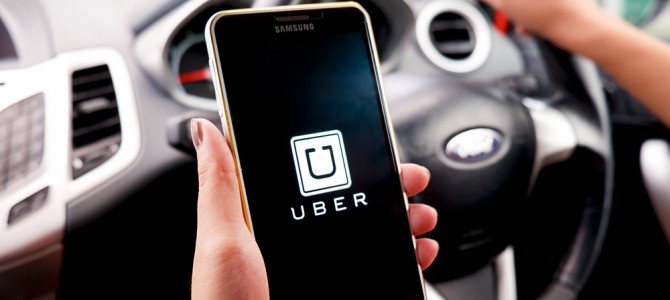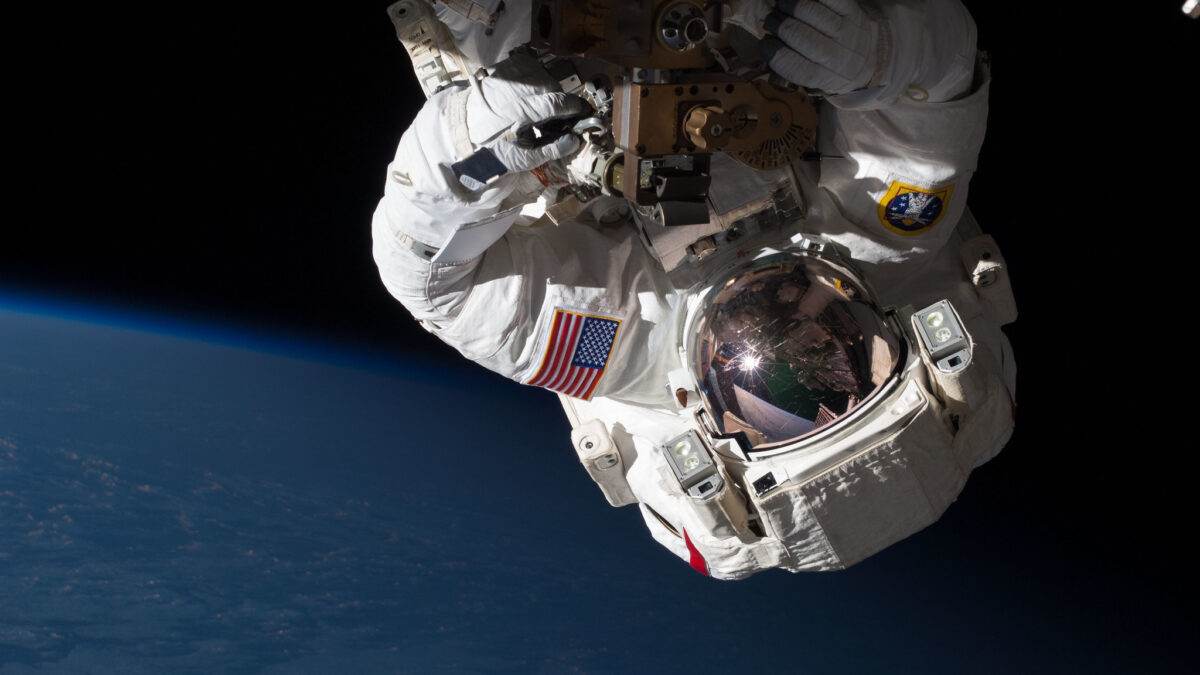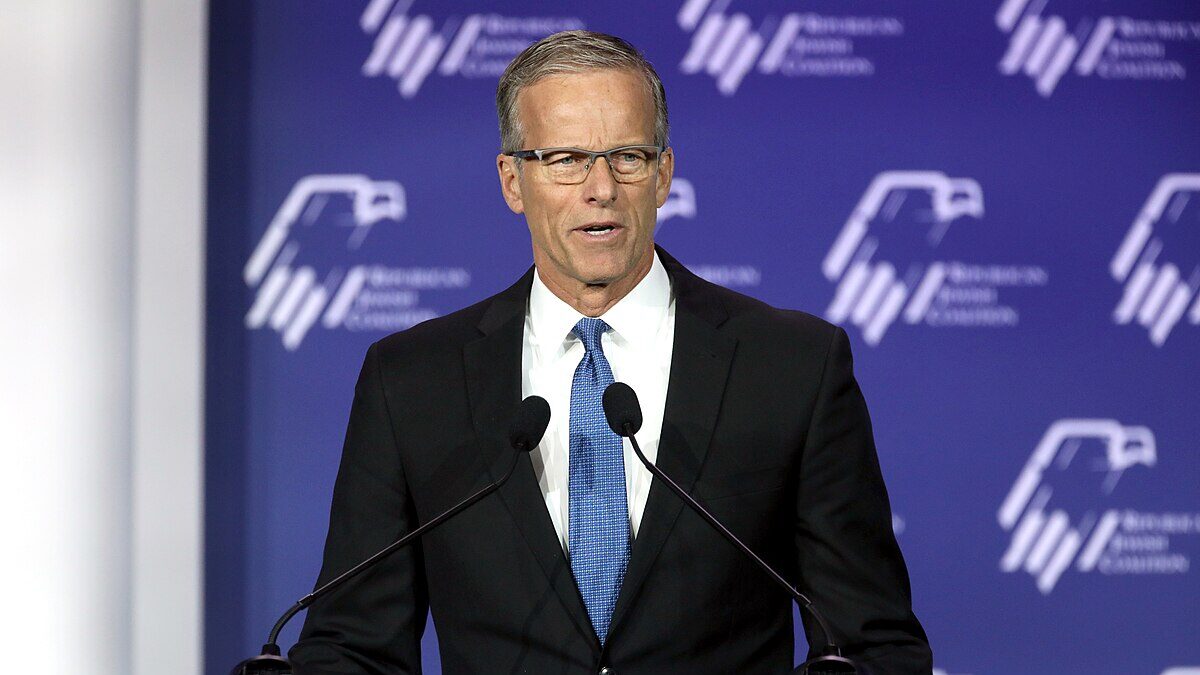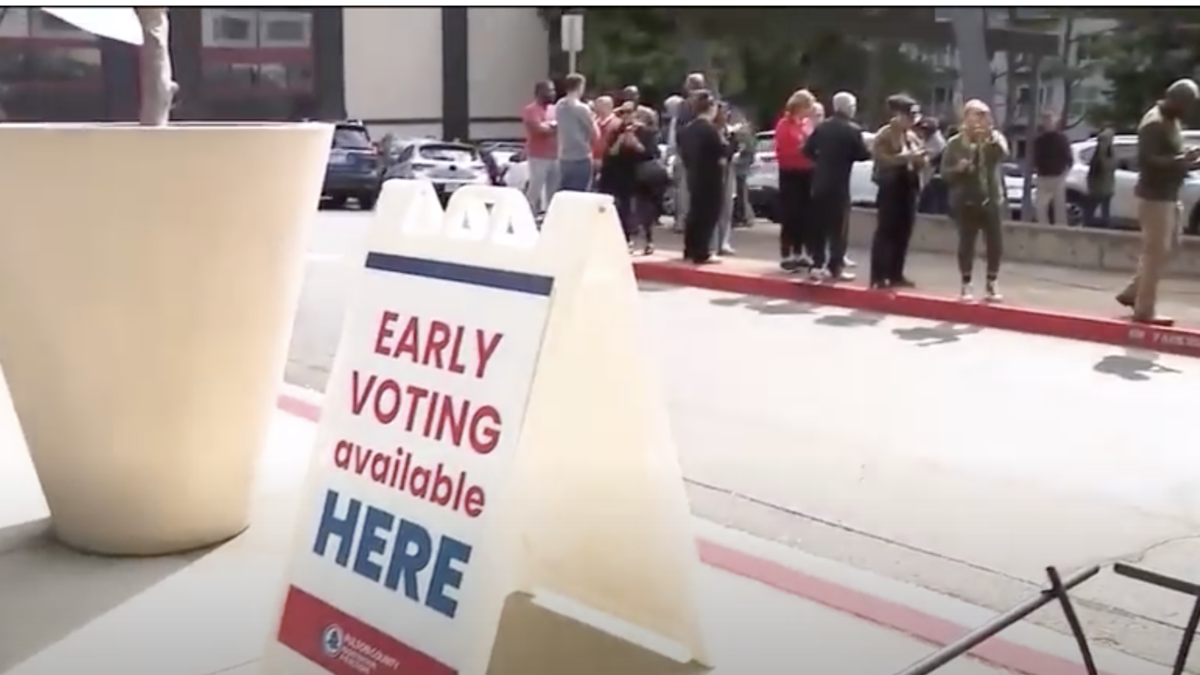
Most of the recent spats between local regulators and ride-sharing companies have centered on concerns about passenger safety and vetting drivers. Although there is little evidence that ride-sharing is any less safe for passengers than taking a traditional taxi, this narrow focus doesn’t consider ride-sharing’s broader effects on safety.
A new study from Angela Dills and Sean Mulholland tries to expand on previous attempts to analyze the effect of ride-sharing beyond concerns about driver trustworthiness. They analyze the impact of Uber’s entry into 150 cities and counties over a three-year period, finding that after accounting for other previously ignored effects, personal safety actually increases markedly. Uber entering a jurisdiction lowers its rate of DUI arrests and traffic fatalities, and lowers arrest rates for assault and disorderly conduct (although they do find an increase in the rate of vehicle theft).
This is not just some one-off effect that dissipates quickly, either: the authors find evidence that some of these effects grow larger the longer Uber operates. This means local jurisdictions that regulate ride-sharing companies into leaving could actually cost lives and make people less safe.
Driving Uber Away May Mean More Death
One of the few metrics previous studies analyzed beyond the passenger safety concerns was Uber’s impact on DUI arrests. The authors here further that location-specific research and find a similar effect. They find Uber’s entry into a city or county leads to a considerable reduction in arrest rate for DUIs—between 15 and 62 percent, depending on the specification.
But ride-sharing companies don’t just affect drunk driving rates, and people looking for a ride home from bars are not the only customers. The authors also look at the effects of Uber’s entry on alcohol-related fatal crashes, nighttime fatal crashes, and the number of vehicular fatalities per 100,000 residents. They find it is associated with declines in fatal accident rates and fatal night-time crashes. They also present evidence this effect continues after the initial entry, as “for each additional year of operation, Uber’s continued presence is associated with a 16.6 percent decline in vehicular fatalities.” For context, in 2014 there were 32,675 traffic fatalities.
These reductions could in part be because these ride-sharing services are most popular among younger people, as 28 percent of 18- to 29-year-olds have used a ride-sharing company. This is also the group most likely to be involved in car accidents, so the availability of other options might reduce the number of less-experienced, less-safe drivers on the road. While previous studies have found reductions in drunk driving thanks to ride-sharing, this new analysis finds significant other gains, including signficiant reductions in overall traffic deaths. Regulations that would drive away these companies risk losing these important gains.
There could be some selection bias about what areas Uber chooses to enter, so the study authors ran another calculation limiting the sample to only places where Uber drove in, and analyze its effect on traffic fatalities. This smaller sample is less precise, but they do find that each additional month of Uber lowers these fatalities by 2.1 percent. New business models and innovations that reduce these losses are a tremendous boon, and there is some evidence that the positive effects grow larger the longer these ride-sharing services are available.
Benefits Beyond Reduced Death and Dismemberment
The effects of Uber’s entry isn’t confined to vehicular accidents and fatalities. The same dynamic shows reduced arrest rates for aggravated assault and disorderly conduct, and the authors suggest this could be because ride-sharing services reduce wait times for passengers and eliminate the need for them to physically search for a ride, both of which reduce the opportunities for these kinds of crime.
They did find a significant increase in arrest rates for motor vehicle theft, potetentially because introducing Uber makes people more likely to leave their cars parked in public locations, where they are more likely to be stolen. While this increase should be incorporated into broader considerations of overall impact of ride-sharing companies, and property theft is without question disruptive and costly, this dynamic should be balanced against the reductions in arrests for crimes where people’s safety is at risk, not to mention the signifciant reductions in traffic fatalities.
These findings are impressive, but could be due to broader declines in crime in these areas, not to new ride-sharing choices. To check on that, the authors also analyze crimes that are unlikely to be affected by Uber’s entry: fraud, embezzlement, and liquor law violations. Unlike the previous instances, here they find no relationship between Uber’s entry and arrest rates for these offenses, which suggests their other findings “are not simply due to overall declines in crime rates” and that “the introduction of Uber increases the safety of citizens.” A more comprehensive analysis of the effect of these ride-sharing services, spanning 150 jurisdictions over three years, finds overall safety was actually improved, contrary to the concerns behind calls for stricter regulation.
This is just one paper, and while it provides some valuable analysis we still don’t fully understand the impact of these new business models on things like crime and car crashes. In a way, that’s the point. The policymakers rushing to draw up new rules don’t know either, but that hasn’t stopped some of them from imposing burdensome regulations on ride-sharing companies.
Previous debates focused narrowly on safety for drivers and passengers, and largely ignored some of the other potential benefits of these ride-sharing companies. In some cases, like the reduction in traffic deaths, these gains could be very important. If further research confirms the initial findings of this study, being unable to find a timely, affordable ride is far from the biggest consequence of this rush to regulate ride-sharing. Would-be regulators often cite concerns about public safety as the main reason for imposing stricter regulations on ride-sharing companies, but these instead of “keeping us safe,” they could actually be doing just the opposite.









